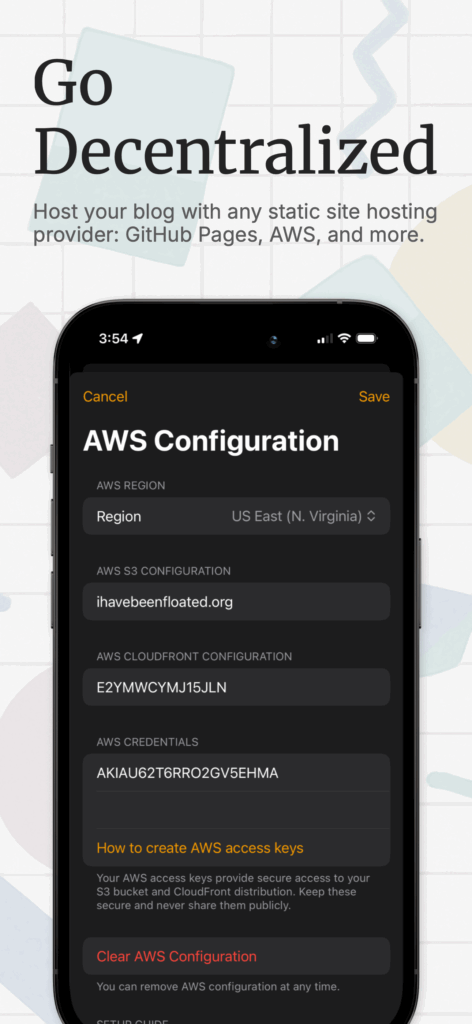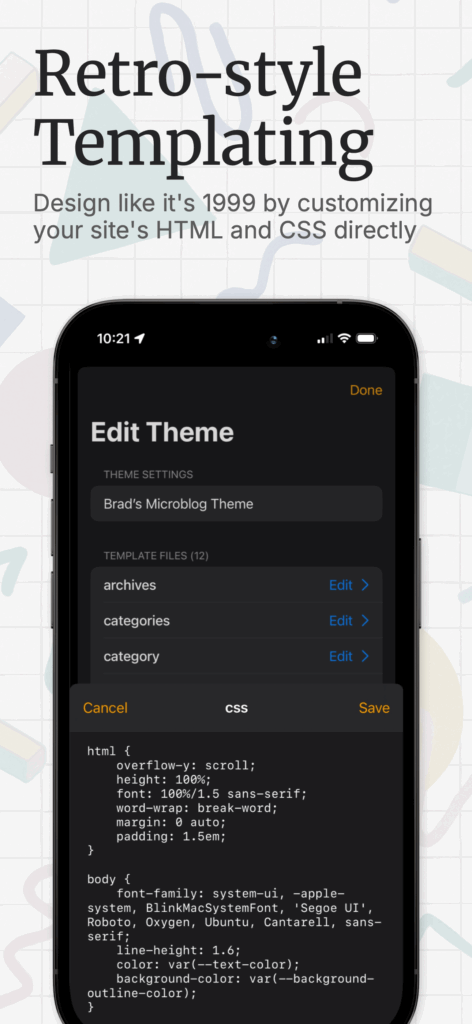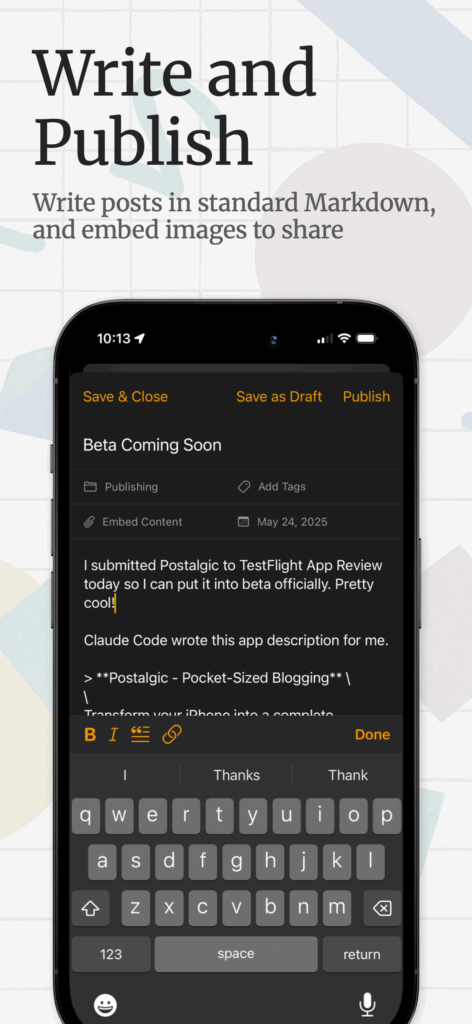Last year, after taking a trip to Europe and having a bit of a Midnight in Paris experience that left me wanting to meet more strangers from all walks of life, it felt like the right time to finally satisfy a nearly lifelong curiosity about Freemasonry. It seemed like a no-brainer: I’d get to spend time with worldly and cultured men once a week, hopefully nourishing my intellect and fulfilling my human need for camaraderie.
Unfortunately, after spending more than a year visiting the lodge every week, that didn’t seem to be the case. I don’t want to harp too much on Freemasonry in general, but it’s remarkable how what is essentially a theater troupe full of lonely dweebs has used the illusion of secrecy to make itself appear to outsiders like an exclusive society full of powerful people.
Freemasonry is more like a support group for bored, lonely men in their late thirties — perhaps a healthier alternative to a full-blown midlife crisis. That wouldn’t be so bad if they didn’t take themselves so seriously while behaving as hypocrites who only seem to care when recruiting others.
I knew going in that, for the most part, Freemasonry appears externally to be the dwelling place of right-wingers. When I mentioned an interest in it online, I heard from multiple people who said they’d visited lodges in the southern United States and were aghast that the members seemed to be “literal Nazis.” I assume they really meant “very right-wing.” I didn’t end up at a very right-wing lodge, but it was still a clear majority — and ultimately, this aspect of Freemasonry disillusioned me the most.
Before I began going to the lodge, I was intrigued by an alleged rule about “not discussing religion or politics.” I thought this meant there would be some insulation between me and finding out that some of the Brothers held reprehensible political views. Unfortunately, that rule apparently only applies to inside the lodge room itself — not the dining area. Very quickly it became clear that right-wing Brothers couldn’t help themselves and would bring up politics at every opportunity.
- On my first visit or close to it, a Brother told me that he was right-wing and his wife was left-wing, and that “I just have to cover my ears when she starts talking about politics.” Okay — you hate your wife, got it.
- A Brother told me he was a Libertarian, that he thinks the government should not provide any public services, and that the Christian Church should provide them instead. I did not point out that religious institutions regularly decide not to treat members of the public who don’t adhere to their moral guidelines, for fear I’d find out he thinks it’s perfectly fine for hospitals to reject patients on religious grounds.
- A Brother spoke positively of segregation, saying that Israel is really nice because all the religious groups live separately from each other and that there’s “nothing wrong with wanting to be around your own kind.”
- One Brother was well known for saying he wanted to be a Mason because George Washington was a Mason and that it inspired him to be walking in the same footsteps of “such a great man.” (P.S. George Washington was a slave owner.)
- During the infamous “THEY’RE EATING THE DOGS” debate between Trump and Harris, a Brother loaded up the debate in the meal area and began shouting, “Trump, stop getting distracted! You have her beat on policies — just stick to policies!”
- A Brother showed me an AI-generated video of Ronald Reagan telling a joke about how liberals are stupid because we want to give aid to the homeless. He prefaced it by saying, “This is what’s making me happy this week!” And here I thought Freemasonry was supposed to be a charitable organization, but the only thing making this Brother happy that week was a joke about how charity is foolish.
- When I became Facebook friends with some Brothers — a huge mistake — FB surfaced a post from the pandemic era where a Brother visited Arizona and praised how no one was masking, saying Arizona was “more free” than our home state. Keep in mind that the only reason masking was ever required was to protect vulnerable people in our community. And here I thought Freemasons were supposed to care about their community.
- That same Brother also commented on a post about Dave Grohl apologizing to Europeans for our terrible president: “You’re a musician, stick to making music.” I had to resist replying, “You’re a realtor, stick to selling homes,” and I now wish I hadn’t.
At one of the last meetings I attended, the lodge voted on accepting applications for several prospective Brothers. The process is an anonymous vote: Master Masons stick their hand into a box and drop either a white marble or a black marble into another chamber. If, after everyone has voted, there’s a black marble, that prospect is “black-balled” and not allowed to join. I suppose it’s meant to give every Mason an equal voice in the process, but I hadn’t thought much about it until that night.
During this vote, a black marble ended up in the box. Because the vote covered more than one applicant, they decided to do a second, “clarifying” vote — this time for each candidate individually — so they could identify which one had been black-balled. After the first candidate’s vote, a black marble appeared again. I thought, “Well, I guess that guy isn’t going to be a Mason,” which was a bit of a shock, since everyone seemed to like him (though I’d had my suspicions about him, which I’ll keep to myself).
But no. Instead of accepting the vote and moving on, everyone acted confused, and one Brother became visibly angry, ranting that this had never happened before — that no one had ever been black-balled at this lodge. He said that if a Brother felt that way, they should have addressed their concerns privately with the Master of the lodge, not used the vote to express them. It was explicitly stated that Masonic law dictates the applicant must be rejected at this point, yet the Brothers began scheming ways to get around the vote anyway.
When a vote is happening, no one is allowed to leave the lodge room. But they wanted to call the Grand Master of California to find a way to redo the vote — privately. So they decided it would still count as “not leaving the lodge room” to go into the storage closet behind the wall to make the phone call in secret.
During the call, the Worshipful Master walked around encouraging Brothers to whisper to him why they’d voted with the black marble, so the lodge could “handle it properly.” Of course, no one whispered a thing.
After the call, the Brothers returned and announced that there was a “special circumstance” where they could declare the vote invalid. Everyone was allowed to leave the room, with instructions that a new vote would be held in ten minutes: anyone who wanted to participate should return promptly. It was heavily implied that if you were the one who’d cast the black marble, you should leave — and not come back. Almost no one returned, and the second vote passed.
At this point, you might be asking yourself: what’s the point of a vote if no one is ever expected to be rejected by one? I certainly was. Brothers are told to “subdue their passions,” but all I saw that night was unsubdued anger and confusion. In an ideal world, the anonymous ballot would stand, and the others would trust that their fellow Brother had a good reason for his choice.
But apparently not. It’s hard to imagine a more disillusioning moment for anyone who still believes the rules of Freemasonry mean anything at all. As always, rules are applied selectively by those in power — never to the in-group. This particular prospect had a bit of local celebrity, so there was no chance they weren’t going to admit him.
I lost my nerve after the killing of Charlie Kirk. A Brother posted this, and another commented on it.


Keep in mind, Charlie Kirk said things like, “The Democrat Party loves everything that God hates,” that he “can’t stand the word empathy,” that “black women do not have brain processing power to be taken seriously — you have to go steal a white person’s slot,” and that his ten-year-old daughter would have to carry the baby if she were raped. Along with plenty of other statements revealing a deep hatred of his fellow man — many of whom would be the Brothers of these Brothers. And yet, somehow, “he would’ve made a great Mason.”
That was the final straw for me. If Charlie Kirk would have been a great Mason, then there’s no chance I would be one, because I don’t share his deep-seated hatred of women and minorities.
I also want to specifically note the phrasing of that FB post: “I remember a few shootings, but this is […] the most horrible for our time or anytime.”
Need I remind this Brother, back in 2012, at Sandy Hook Elementary School, twenty children below the age of eight were murdered in a mass shooting. Does this Brother really believe that the murder of a single man, of Charlie Kirk, is more horrible than that?
Ultimately, my experience visiting a lodge and becoming a Freemason was deeply disappointing. I didn’t encounter anyone who struck me as worldly or cultured. One Brother spent months in Paris and even spoke of moving there — yet had no interest in learning French — which struck me as the perfect summary of the gap between appearance and substance.
I didn’t have one memorable conversation in over a year of attending weekly meetings, aside from a Brother who told me he’d visited a town in the South where there was still a sign on the way in that said, “Don’t let the sun set on your black ass.” Unfortunately, that’s a perfect metaphor for what the lodge became for me: a stark reminder that those who are most outspoken about religion-based morality often end up being the most bigoted and undisciplined in their behavior.









